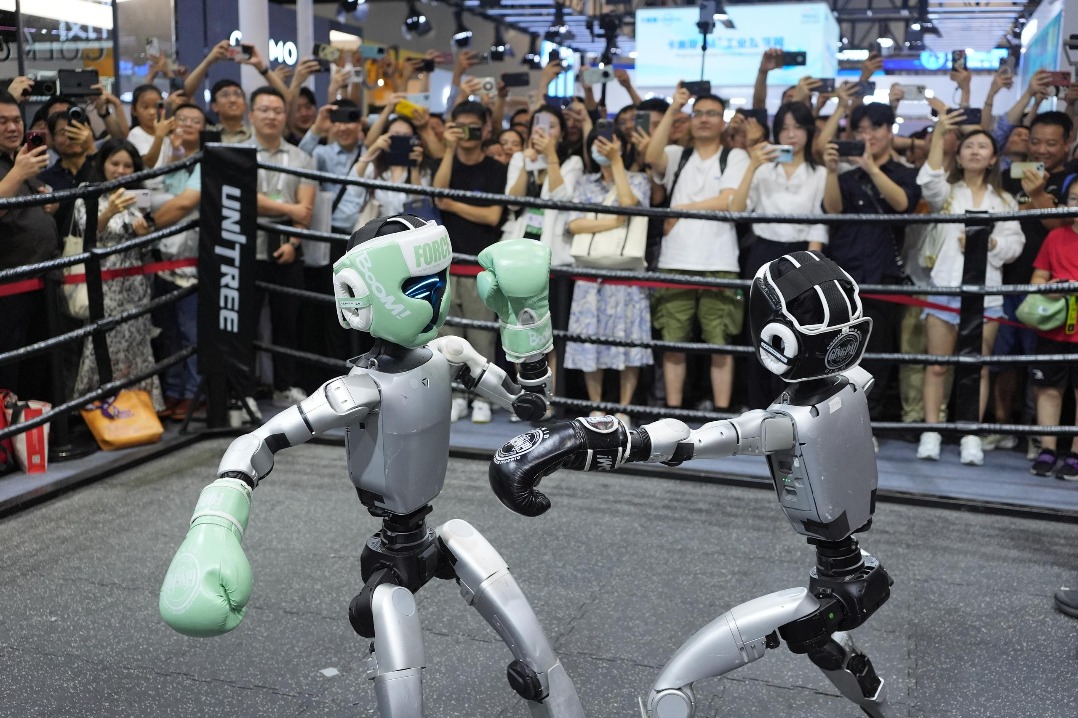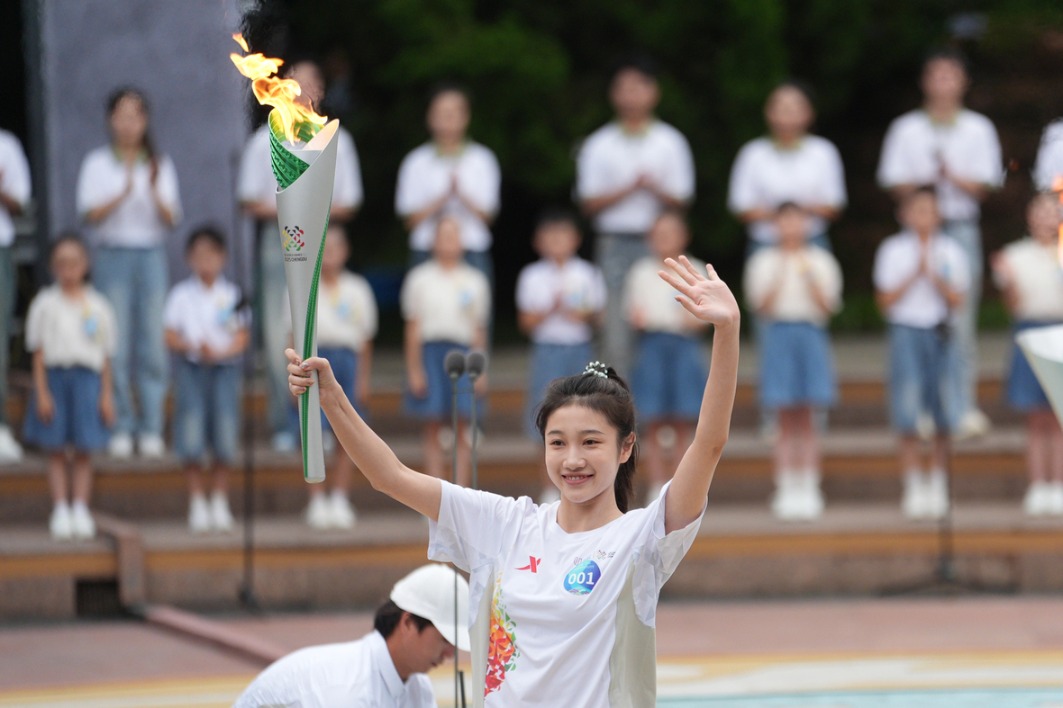Fascinating Dunhuang exhibition, but VR is the future

Last month, I went to Dunhuang. I didn't actually go to the desert town in Gansu province, though I'm spending a few days there this Spring Festival, if only to contribute to the 2.1 billion passenger trips expected during the rush. Instead, I attended an exhibition at Beijing's Minsheng Art Museum.
Put together by the Dunhuang Academy, it was exhaustive; room after room of painstaking reproductions of the murals for which Dunhuang's Mogao Caves are globally (and justifiably) famous. Painted in a variety of styles — the 492 caves and cells span 1,000 years — the originals vary in quality, some more crude than others.
There were also texts and sculptures unearthed at the site, which hint at the diversity of life in what for China, was a frontier town on the fringes of the great western deserts, but which as a Silk Road trade post, was frequented by people from all over Central and South Asia, and beyond. Hence, there are texts in Tibetan, Sogdian (a language once widely spoken in Central Asia), Sanskrit, Old Uygur and even Syriac, an ancient language still spoken by some Arab Christians in Syria and Lebanon, and on which I have subsequently learned, the Mongols based their alphabet.
For me, several things stood out. Of course, the re-creations of the most famous painted caves which, better lit and uncrowded, visitors are free to enjoy — a luxury I'm told is not as true in Dunhuang, but also a fascinating short film about a panel from Cave 254.It dates to the Northern Wei Dynasty (386-534) and depicts one of the most famous jatakas (Buddhist fables), the story of the Indian prince, Mahasattva, who relinquishes reincarnation (and hence salvation) by sacrificing himself to feed a family of starving tigers.
Though less than 2 square meters, the panel artfully squeezes in five central scenes, along with 20 figures, eight tigers, five goats, two deer, a monkey and the shining white pagoda that commemorates Mahasattva's noble sacrifice. The film highlights the techniques used to create the visual flow, and how it heightens emotions.
Two things struck me while watching. First, the echo with medieval stained-glass windows, which like Mogao's murals, were aids designed to be "read" by devotees familiar with the story, and second, the way the anonymous Cave 254 painter conveyed movement. The panel devoted to the prince's self-sacrifice verged on being animated. It was easy to imagine how, in flickering candlelight and a heightened state of devotion (or for fasting monks, hunger), Mahasattva would seem to move.
While the exhibition was spectacular, more curious was the decision to pair it with an unrelated virtual reality show. Parts were intriguing (yes, hot pink dancing 3D Shou Xing avatar, I mean you) and very "now", but for me, it just made me think of what it could have been.
As a longtime cheerleader for VR — my visit to the melancholy remains of the Temple of Artemis in Ephesus in 1997 first got me dreaming of walking through a digital re-creation of the former wonder of the ancient world one day — the juxtaposition with the Dunhuang exhibit turned this technical showcase into mere amusement.
And while that is the fate of so many of the technologies currently being hyped (Meta, anyone?), we are putting the cart before the horse. It isn't what VR can do now that's interesting, it's what it could do, soon.
Imagine then returning to Mogao 2.0 in a few years' time and instead of painted reconstructions, we walk through the Mahasattva mural, witnessing the fable unfold and then visit the caves as they are being built, painted and used, smell the burning candles and incense, chat with their craftsmen and illustrious sponsors, and learn history firsthand? As some have known for a long time, seen with the proper eyes, the past is far from dead. And once VR finally lives up to its promise, we'll be able to experience cultural treasures like Mogao the way they were always intended.































